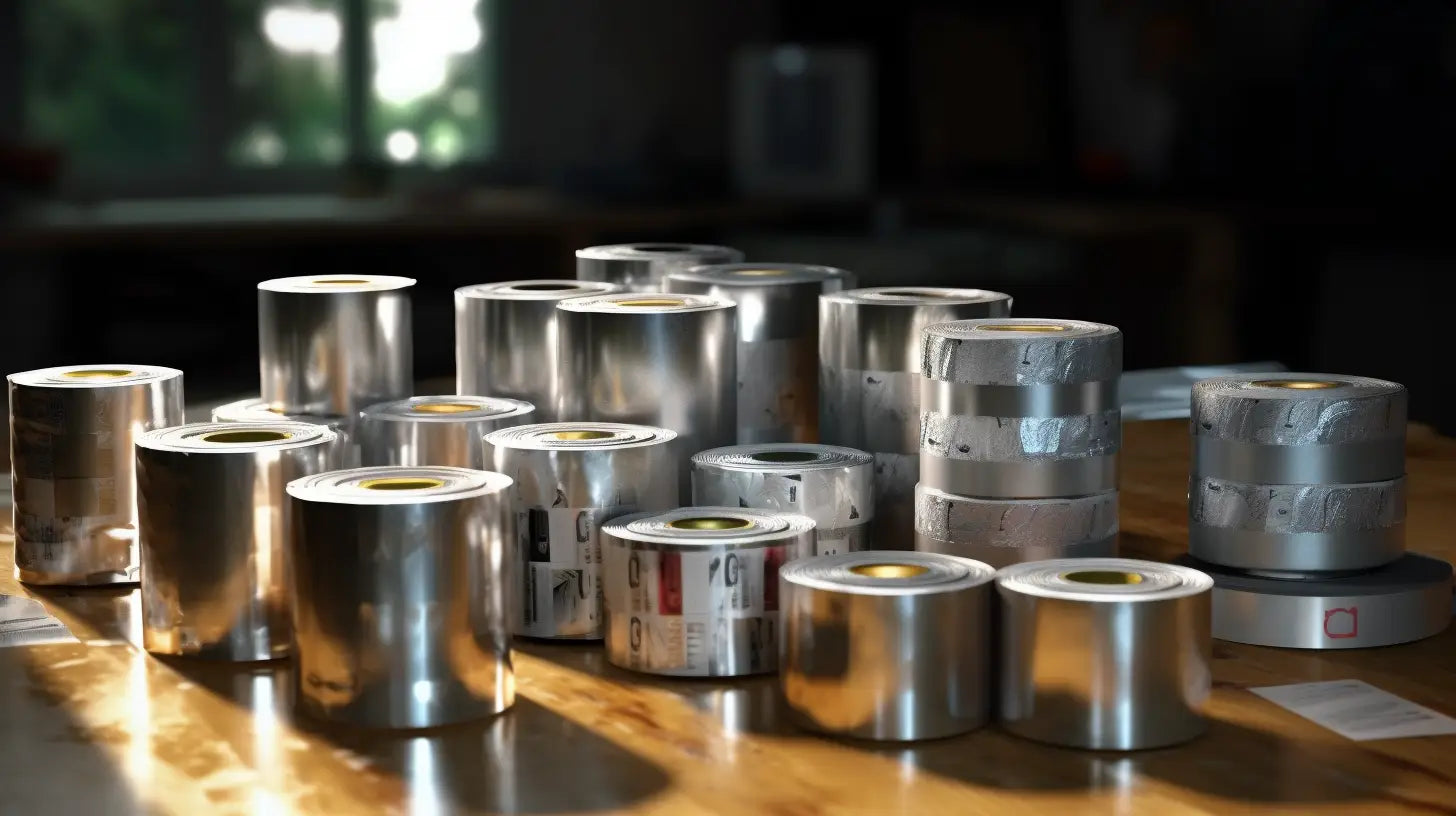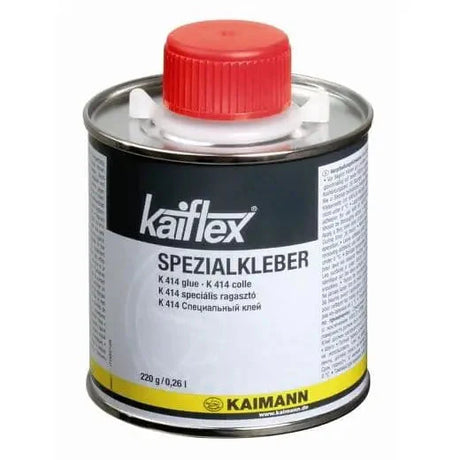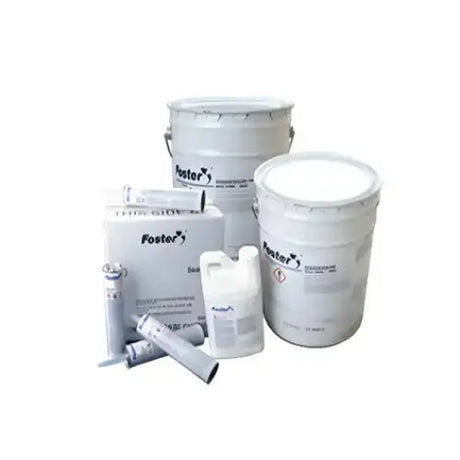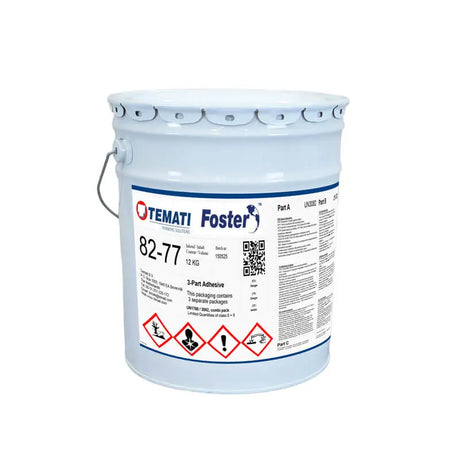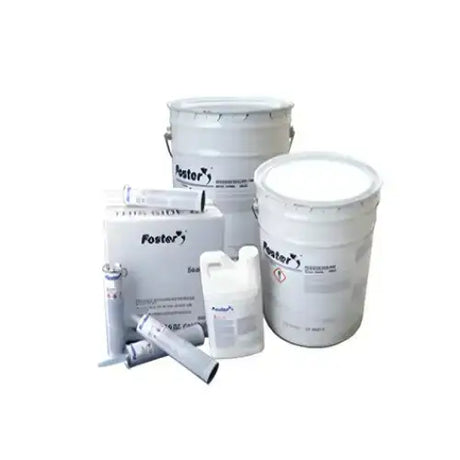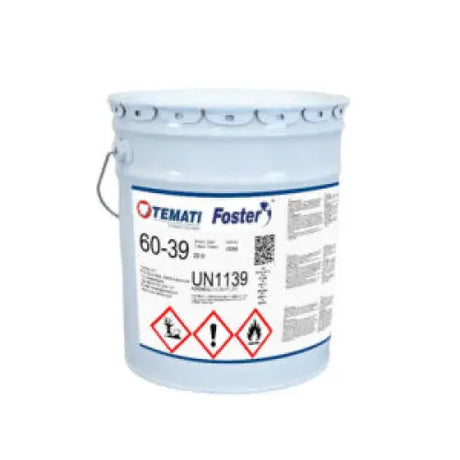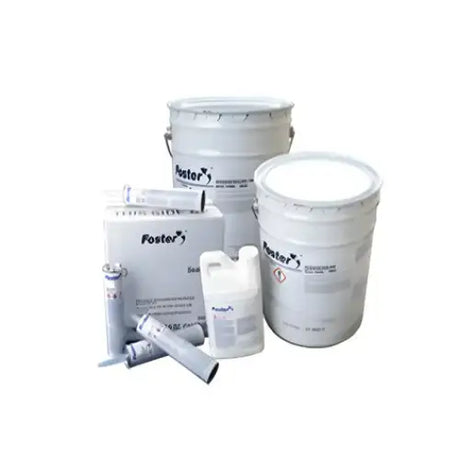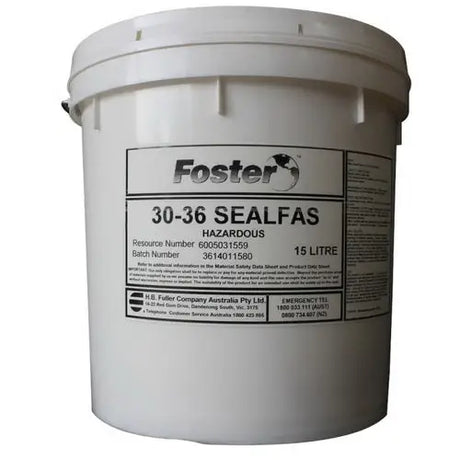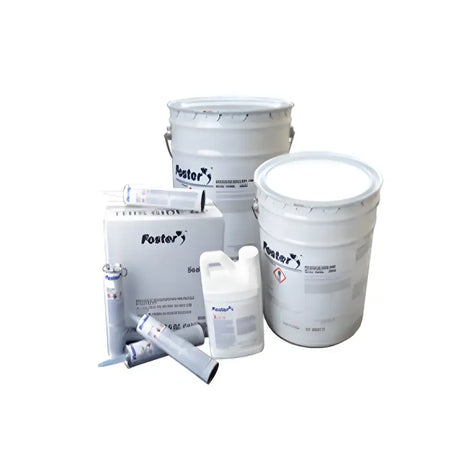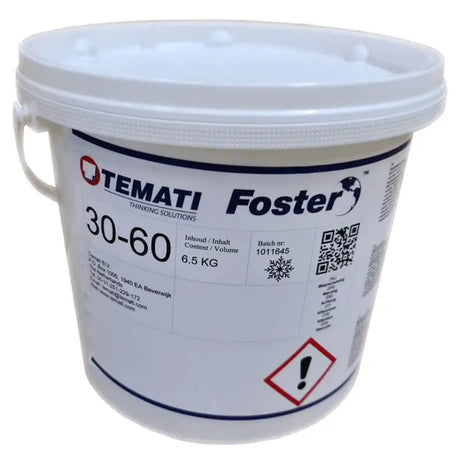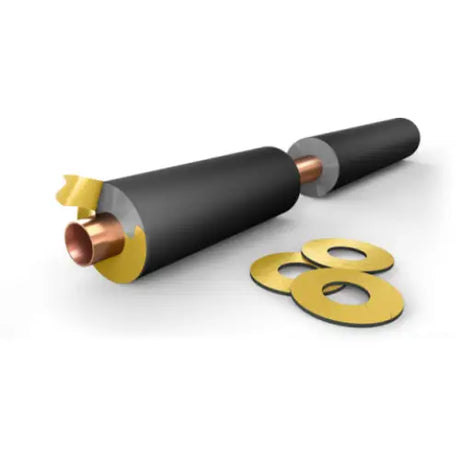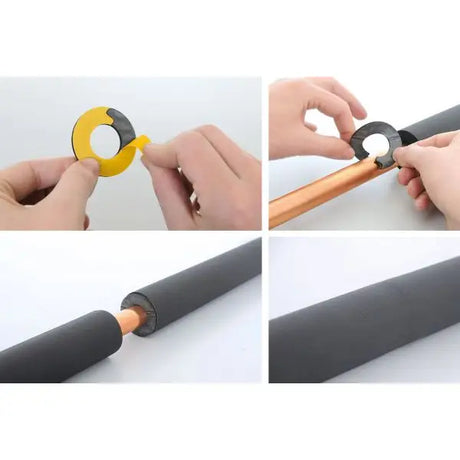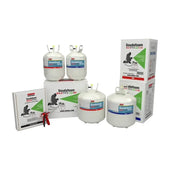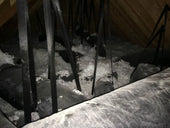Foil tape has become an indispensable tool in many industries, from construction and HVAC to electronics and automotive. This comprehensive guide will provide you with all the information you need to know when and how to use foil tape effectively for your specific needs.
Table of Contents
- Introduction to Foil Tape
- Types of Foil Tape
- Key Benefits and Applications
- How to Properly Apply Foil Tape
- Frequently Asked Questions
Introduction to Foil Tape
Foil tape is a versatile adhesive tape designed to provide a long-lasting, heat-resistant, and moisture-proof seal. It is commonly used in a wide range of applications, including sealing joints and seams, thermal insulation, and electromagnetic shielding.
Key Features
- Heat resistance: Foil tape can withstand high temperatures and is resistant to both UV radiation and flame.
- Durability: The strong adhesive backing and sturdy foil material ensure a long-lasting bond.
- Moisture resistance: Foil tape is highly resistant to water and humidity, making it ideal for use in damp environments.
- Electromagnetic shielding: Foil tape can block electromagnetic interference (EMI), which is crucial in sensitive electronic applications.
Types of Foil Tape
There are several types of foil tape available, each suited for specific applications. Some of the most common types include:
- Aluminum Foil Tape: Known for its excellent heat and light reflection properties, aluminum foil tape is the most widely used type. It is ideal for HVAC ductwork, insulation, and sealing seams in metal buildings.
- Copper Foil Tape: This type offers excellent electrical conductivity and EMI shielding properties, making it a popular choice for electronics and electrical applications.
- Lead Foil Tape: Lead foil tape is often used for radiation shielding, due to its high density and ability to block X-rays and gamma rays.
Key Benefits and Applications
Foil tape offers numerous benefits, making it an essential tool for a wide range of industries. Some of its key applications include:
- Sealing Joints and Seams: Foil tape is perfect for sealing gaps in ductwork, ensuring efficient airflow and preventing energy loss.
- Thermal Insulation: Its heat-reflective properties make foil tape an excellent choice for insulating pipes, windows, and other surfaces.
- Electromagnetic Shielding: Foil tape is often used to shield sensitive electronic components from EMI, improving performance and reducing interference.
- Automotive: In the automotive industry, foil tape is commonly used for heat shielding, sealing seams, and securing wiring.
How to Properly Apply Foil Tape
Follow these steps to ensure a successful application of foil tape:
- Clean the surface: Thoroughly clean the surface to which the tape will be applied, removing any dirt, dust, or grease.
- Measure and cut: Measure the length of tape needed and cut it with a sharp utility knife or scissors.
- Remove the backing: Peel off the protective backing from the adhesive side of the tape.
- Apply the tape: Carefully position the tape over the seam or joint, ensuring it is straight and aligned. Press down firmly, working from the center outwards to eliminate any air bubbles.
-
Smooth the tape: Use a squeegee, plastic scraper, or the edge of a credit card to smooth the
tape and ensure a tight seal. This step is crucial to prevent any air or moisture from getting underneath the tape.
- Overlap seams: When joining multiple pieces of tape, ensure they overlap by at least ¼ inch (6 mm) to create a continuous barrier.
Frequently Asked Questions
Q: Can foil tape be used outdoors?
A: Yes, foil tape is suitable for both indoor and outdoor applications due to its weather resistance and durability. However, it is essential to ensure that the surface is clean and dry before applying the tape for maximum adhesion.
Q: How long does foil tape last?
A: The lifespan of foil tape depends on various factors, including the quality of the tape, the conditions in which it is used, and the application. In general, high-quality foil tape can last several years if properly applied and maintained.
Q: Is foil tape resistant to chemicals?
A: Foil tape is generally resistant to a wide range of chemicals, including oils, solvents, and acids. However, it is essential to check the specific product specifications to ensure compatibility with the chemicals you may encounter in your application.
Q: Can I paint over foil tape?
A: While it is possible to paint over foil tape, the paint may not adhere well due to the tape's smooth, non-porous surface. To improve adhesion, you may need to lightly sand the surface of the tape or apply a primer before painting.
Conclusion
Foil tape is an invaluable tool for various industries, offering a range of benefits such as heat resistance, moisture resistance, and electromagnetic shielding. By understanding the types of foil tape available, their key applications, and how to apply them correctly, you can ensure the most effective use of this versatile adhesive solution in your projects.

